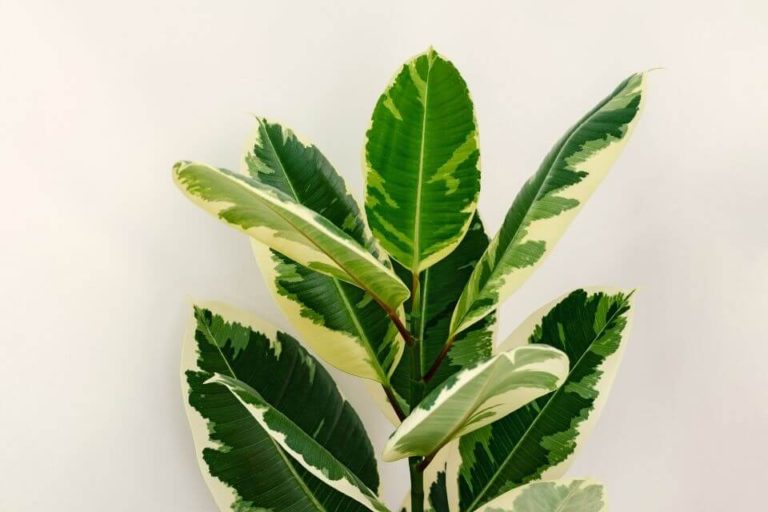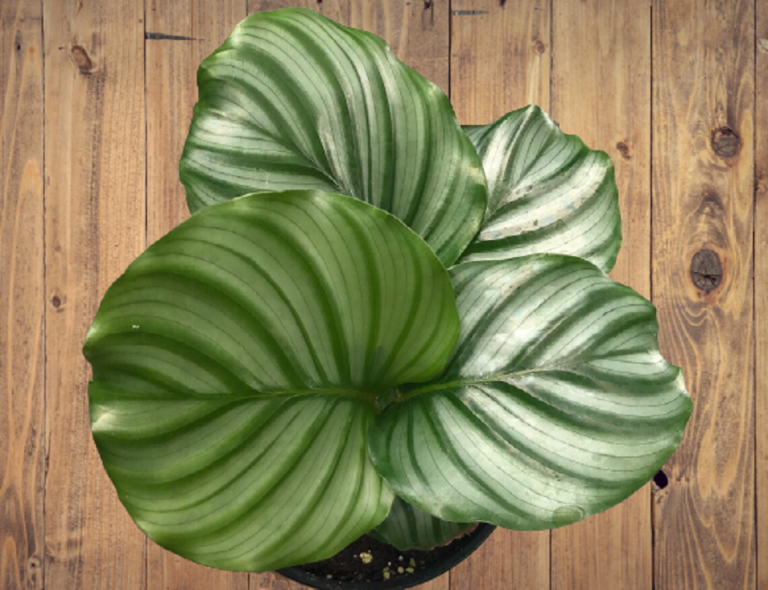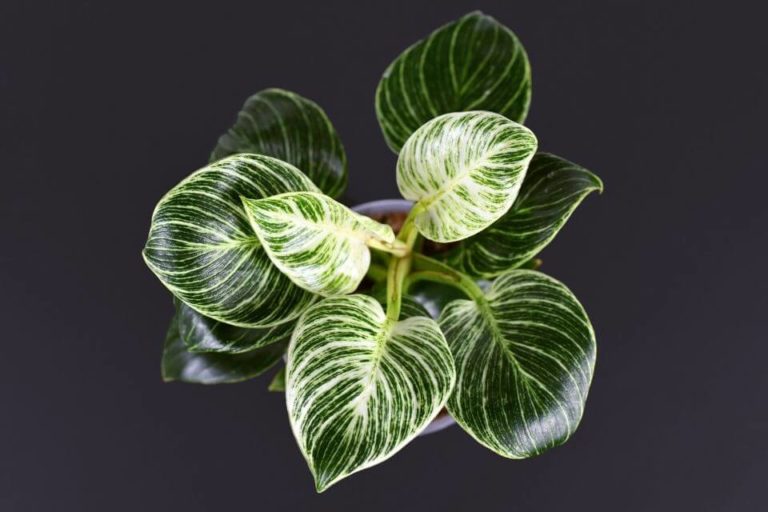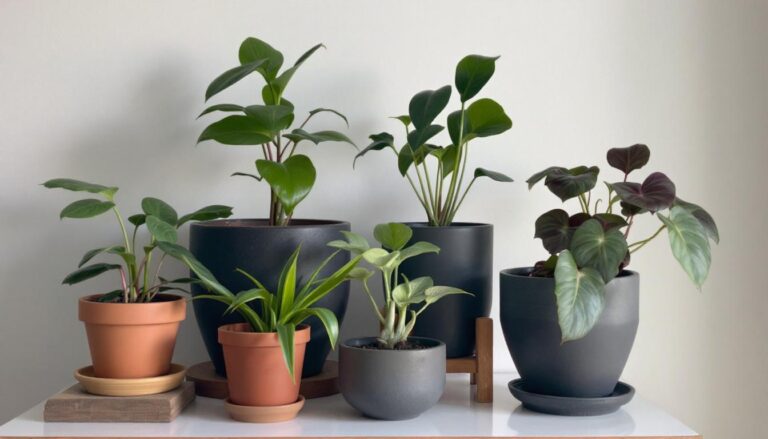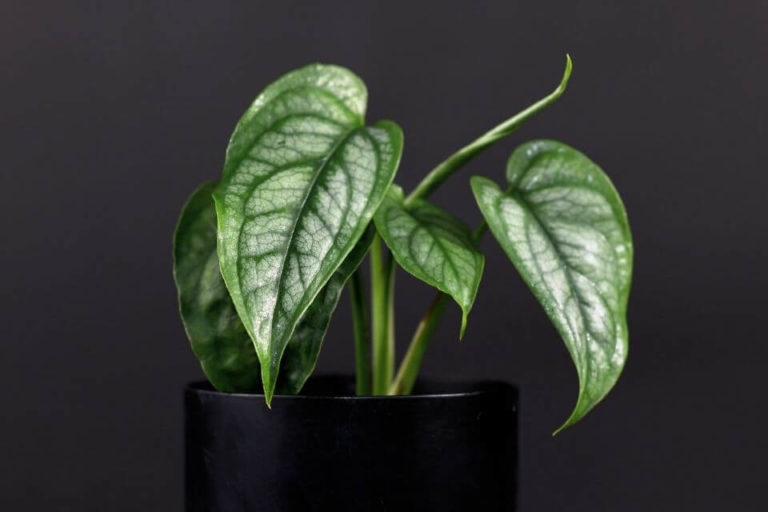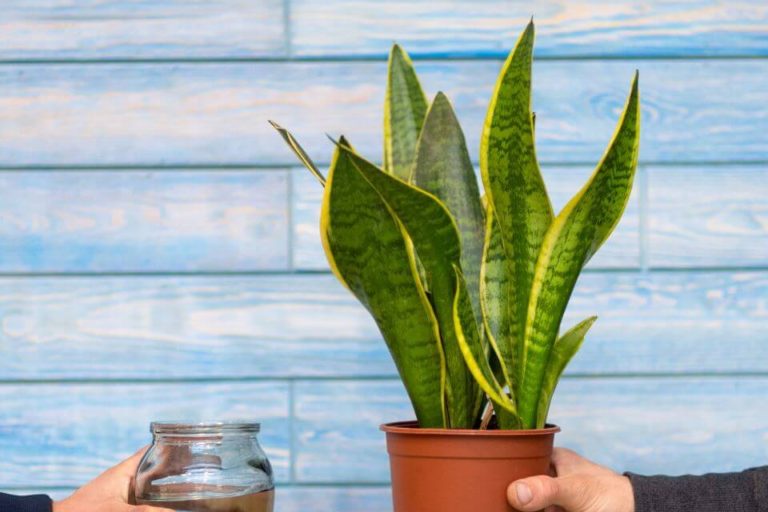Philodendron Micans Care: How to Propagate, Grow and Care
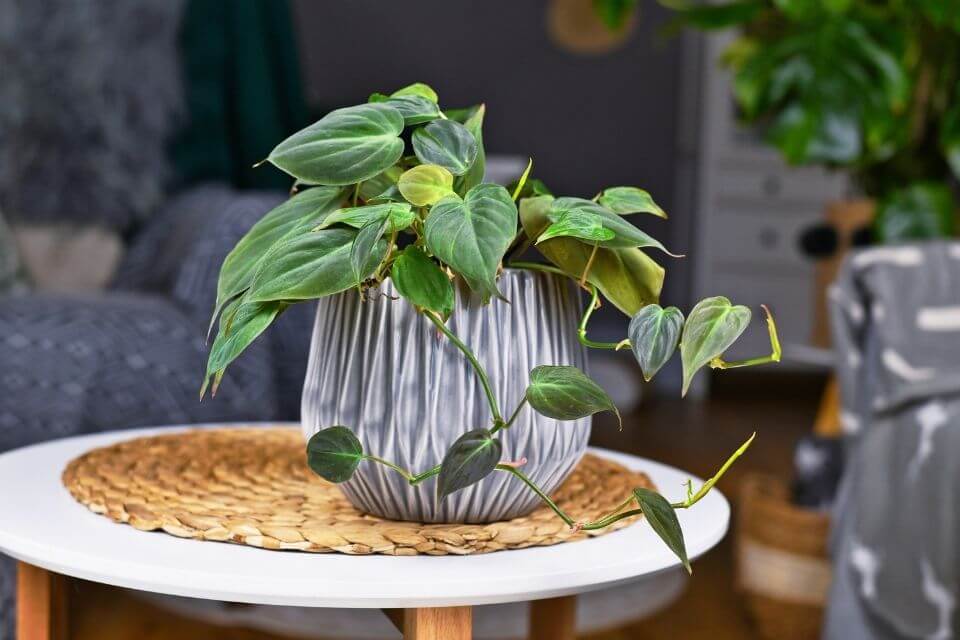
Philodendron Micans is a gorgeous Philodendron species known for its velvety, heart-shaped leaves. The leaves are a deep green color with burgundy/red highlights. This plant is native to the Caribbean Islands and South America.
Philodendron Micans is a climbing plant and will require some support to grow properly. This plant can be grown in a pot or outdoors in warm climates.
TABLE OF CONTENTS
What Is Philodendron Micans (Velvet-leaf Philodendron)?
Philodendron Micans is a species of plant in the family Araceae. It has many features that make it a great houseplant. It has dark, velvety leaves that are heart-shaped and grow up to 6 inches long.
The Philodendron Micans is a fast-growing plant and can reach up to 2 feet. Also, it is a low-maintenance plant and does not require much care.
Philodendron Micans Appearance and Size
Philodendron Micans is a small to medium-sized plant that typically only reaches about two feet in height. The leaves of this plant are its most unique feature, being long and slender with a velvety texture.
The leaves are also deeply lobed, giving them a ruffled appearance. The edges of the leaves are often red or burgundy, adding to the plant’s overall visual appeal.
Philodendron Micans Growth
Philodendron Micans growth rate is fast when provided with the ideal conditions. This plant can grow up to 3 feet or 1 meter per year. So, if you want your plant to reach its full potential, make sure to provide the necessary care.
The first thing you need to do is ensure that your Philodendron Micans receive enough light. They prefer bright, indirect sunlight but can also tolerate low-light conditions.
If you’re not sure whether your plant is getting enough light, try placing it in a spot that will receive filtered sunlight for a few hours each day.
In terms of watering, this plant is relatively drought-tolerant. This means that you don’t need to water them as often as other plants. Allow the soil to dry out completely between watering sessions.
During the growing season (spring and summer), you may need to water your plant once or twice a week. However, in the winter, you can reduce the frequency to once every two weeks.
When it comes to feeding, you only need to fertilize them once or twice a year using a balanced fertilizer. According to the manufacturer’s instructions, be sure to dilute the fertilizer before applying it to the soil.
Philodendron Micans are relatively easy to care for, but there are a few things you need to keep in mind. First, they are poisonous if ingested. This means that you need to keep them out of reach of children and pets.
Other than that, it is low-maintenance plants perfect for those new to gardening. It will thrive and provide you with beautiful foliage for many years to come with proper care.
Philodendron Micans Placement and Uses
The placement of your Philodendron Micans will play a significant role in the plant’s overall health. When growing indoors, place your Philodendron in an area with bright, indirect light.
If you cannot provide bright, indirect light, you can still grow your Philodendron, but it will require more care. The uses of Philodendron Micans in the landscape are many.
They can be used as groundcovers, hanging baskets, or climbers on trellises or other structures, and their trailing habit makes them perfect for windowsills or shelves.
Philodendron Micans Care
Philodendron Micans is a relatively easy plant to care for, making it a great choice for those who are new to growing houseplants. These plants prefer bright, indirect light but can tolerate lower light conditions if necessary.
They should be watered regularly, allowing the soil to dry out slightly between waterings. It is important to avoid overwatering this plant, as too much moisture can lead to root rot.
Philodendron Micans are not particularly fussy about their soil, but a well-draining potting mix is ideal. These plants should be fertilized monthly during the growing season, using a balanced fertilizer.
Propagation. Philodendron Micans can be propagated by dividing the plant at the root ball.
They are beautiful and easy to care for plants that make a great addition to any indoor space. If you’re thinking about adding one (or more!) to your home, read on for everything you need to know about Philodendron Micans care.
– Soil Requirement and Pot Size
Philodendron Micans are not picky when it comes to soil, but they need a well-draining mix. Any standard potting mix will do the trick. As for pots, they can be placed in anything from a small 4-inch pot to a large 10-inch pot. Just make sure that the pot has drainage holes.
– Watering Hoya Australis
Philodendron Micans tolerate a wide range of watering schedules, but they prefer to be kept on the drier side. Allow the top few inches of soil to dry out before watering again.
In general, Philodendron Micans should be watered about once a week.
– Philodendron Micans Light and Exposure
Philodendron Micans are native to the tropical rainforests of Central and South America, so they thrive in bright, indirect light. They can tolerate lower light levels, but their growth will be slower.
Avoid placing them in direct sunlight, as this can cause leaf scorch.
– Best Temperature Ranges
Philodendron Micans prefer warm temperatures and will thrive in an environment between 70-85 degrees Fahrenheit. They can tolerate cooler temperatures, but their growth will be slower.
– Philodendron Micans Humidity Needs
Philodendron Micans are native to the humid tropical rainforests, so they prefer high humidity levels.
If your home is drier, you can raise the humidity around your Philodendron Micans by placing them on a pebble tray or grouping it with other plants.
– Fertilizing
Philodendron Micans are not heavy feeders, but they will benefit from being fertilized every couple of months during the growing season. Use a balanced fertilizer that is diluted to half strength.
– Pruning Philodendron Micans
Pruning is not necessary for Philodendron Micans, but it can be helpful to remove any dead or dying leaves. To do this, cut the leaf off at the stem.
Philodendron Micans Propagation (with Steps)
Propagation is a form of asexual reproduction. Asexual reproduction is a type of reproduction by which offspring arise from a single parent and inherit the genes of that parent only.
It does not involve the fusion of gametes and rarely changes the number of chromosomes in the parent cells. So, it can be propagated by taking a cutting from the plant and growing it in water or soil.
Here are the steps for propagating Philodendron Micans:
Step 1: Fill a pot with a well-draining potting mix and ensure a drainage hole at the bottom.
Step 2: Take a cutting from the Philodendron Micans plant about 4-6 inches long. Make sure the cutting has at least 2-3 leaves.
Step 3: Cut off the bottom leaves of the cutting so that only 2-3 leaves are remaining.
Step 4: Dip the cut end of the stem into rooting hormone powder or gel.
Step 5: Stick the cutting into the potting mix, ensuring that the cut end is buried.
Step 6: Water the soil and keep it moist.
Step 7: Place the pot in a warm location with indirect sunlight.
Step 8: After a few weeks, you should see new growth on the cutting. At this point, you can begin to water the plant less frequently.
Step 9: Once the plant has rooted and is growing new leaves, you can transplant it into a pot of its own.
Repotting Philodendron Micans Plant(with steps)
Repotting is a form of propagation, but it is also an everyday activity that helps to keep your plant healthy.
Here are the steps for repotting your plant:
Step 1: Choose a new pot that is slightly larger than the current pot. This will help to minimize stress on the plant.
Step 2: Gently remove the plant from its current pot. This can be done by tipping the pot upside down and gently tapping it until the plant loosens.
Step 3: Place the plant in the new pot and fill it with fresh, well-draining potting mix.
Step 4: Water the plant well and place it in bright, indirect light.
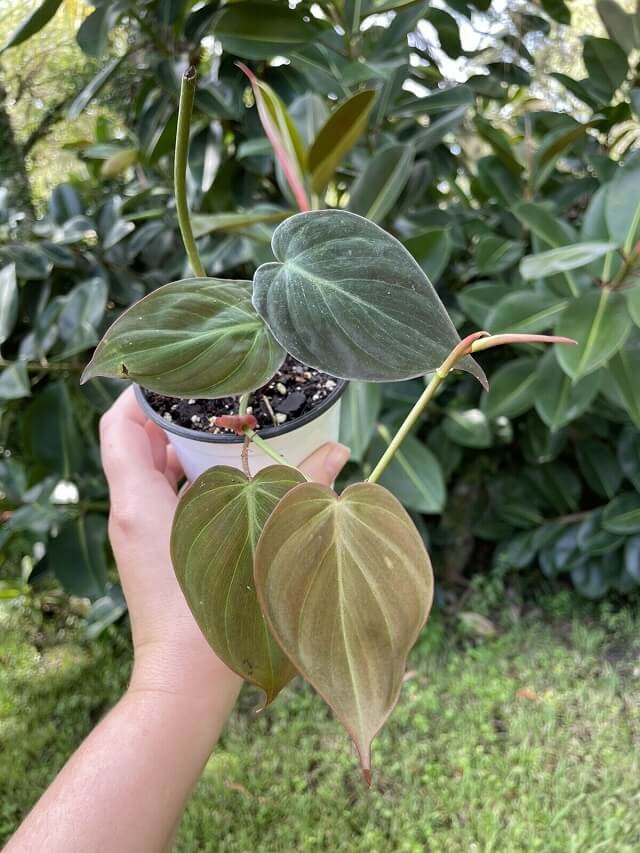
Philodendron Micans Common Problems and Prevention
– Pests
One of the most common problems that can affect philodendrons is pests.
These include spider mites, mealybugs, and scale. Spider mites are tiny spider-like creatures that suck the sap from the leaves, causing them to turn yellow and eventually drop off.
Mealybugs are small, white, wingless insects that feed on the plant sap. Scale is small, brownish-black insects that attach themselves to the leaves and stems of the plant and suck out the sap.
– Philodendron Micans Leaves Curling
Leaves curling can be caused by several factors, including pests, stress, and disease. One of the most common reasons for leaves to curl is spider mites.
These tiny creatures suck the sap from the leaves, causing them to turn yellow and eventually drop off. If you suspect that your plant has spider mites, you should treat it with a pesticide.
– Philodendron Micans Yellow Leaves
Yellow leaves can be caused by several factors, including pests, stress, and disease. One of the most common reasons for yellow leaves is spider mites.
These tiny creatures suck the sap from the leaves, causing them to turn yellow and eventually drop off. If you suspect that your plant has spider mites, you should treat it with a pesticide.
– Brown Leaves Problem
If you notice that the leaves on your Philodendron are turning brown, it could be due to several different factors, including pests, stress, and disease. One of the most common reasons for brown leaves is spider mites.
These tiny creatures suck the sap from the leaves, causing them to turn brown and eventually drop off. If you suspect that your plant has spider mites, you should treat it with a pesticide.
– Mushy Stems
If the stems of your Philodendron are mushy, it could be a sign that the plant is overwatered. The roots rot when a plant is overwatered, and the stem becomes mushy.
If you notice that the stem of your plant is mushy, you should stop watering it and allow the soil to dry out completely. Once the soil is dry, you can start watering the plant again.
– Dropping Leaves
If you notice that the leaves on your Philodendron are falling off, it could be a sign of stress or disease. One of the most common reasons for leaves to fall off is spider mites.
These tiny creatures suck the sap from the leaves, causing them to turn yellow and eventually drop off. If you suspect that your plant has spider mites, you should treat it with a pesticide.
– Wilting Leaves
If the leaves on your Philodendron are wilting, it could be a sign of stress or disease. One of the most common reasons for wilting leaves is spider mites.
These tiny creatures suck the sap from the leaves, causing them to turn yellow and eventually drop off. If you suspect that your plant has spider mites, you should treat it with a pesticide.
– Yellow Flowers
If the flowers on your Philodendron are yellow, it could signify stress or disease. One of the most common reasons for yellow flowers is spider mites.
These tiny creatures suck the sap from the leaves, causing them to turn yellow and eventually drop off. If you suspect that your plant has spider mites, you should treat it with a pesticide.
– Black Spots On Leaves
If you notice black spots on the leaves of your Philodendron, it could be a sign of disease. One of the most common diseases affecting philodendrons is called black spots.
A black spot is a fungal disease that causes black spots to form on the plant’s leaves. If you notice black spots on your plant’s leaves, you should treat them with a fungicide.
– White Spots On Leaves
If you notice white spots on the leaves of your Philodendron, it could be a sign of disease. One of the most common diseases affecting philodendrons is powdery mildew.
Powdery mildew is a fungal disease that causes white spots to form on the plant’s leaves. If you notice white spots on your plant’s leaves, you should treat them with a fungicide.
– Leaves Turning Black
If you notice that the leaves on your Philodendron are turning black, it could be a sign of stress or disease. One of the most common reasons for leaves to turn black is spider mites.
These tiny creatures suck the sap from the leaves, causing them to turn yellow and eventually drop off. If you suspect that your plant has spider mites, you should treat it with a pesticide.
Frequently Asked Questions
Does Philodendron Micans Climbing?
Philodendron Micans will climb if given something to grab onto. You can train it to climb a totem, trellis, or even a piece of driftwood. Just make sure that the support is strong enough to hold the plant up.
What is Variegated Philodendron Micans?
Variegated Philodendron Micans is a beautiful, easy-to-care-for houseplant known for its heart-shaped leaves. The leaves are variegated with shades of green, yellow, and white.
This Philodendron variety is a climbing plant and can grow up to 10 feet tall! Philodendron Micans is native to the tropical forests of South America.
Do Philodendron Micans Flower?
This is a common question among gardeners who are growing Philodendron plants. The answer is that Philodendron Micans flower, but the flowers are small and not particularly showy.
The main reason to have this plant is its attractive, shiny leaves. It is native to tropical America and is related to the more common Philodendron Hederaceum (syn. Philodendron Scandens), or Heartleaf Philodendron plant.
Is Philodendron Micans Easy To Grow?
Philodendron Micans is very easy to grow. Its bright green leaves and fast growth rate make it an excellent plant for beginner gardeners. They grow well in various soil types and can tolerate some light shade.
To propagate, take stem cuttings from an existing plant and root them in water or moist potting mix. Once the roots have grown, you can transplant them into a pot or garden bed.
When watering your Philodendron Micans, keep the soil moist but not soggy. Allow the top inch of soil to dry out before watering again. Fertilize monthly during the growing season with half-strength, all-purpose fertilizer.
Philodendron Micans will enter a dormant period and need less water in winter. Allow the top few inches of soil to dry out before watering.
Is Philodendron Micans Beginner Friendly?
The Philodendron Micans is an excellent option for those new to plant parenting or anyone who wants a low-maintenance plant. This species is very easy to care for and can tolerate a wide range of growing conditions.
The Philodendron Micans is very easy to propagate from stem cuttings when it comes to propagation. Take a cutting from an existing plant and place it in water or soil. Within a few weeks, you should see new growth beginning to form.
To care for your Philodendron Micans, water it regularly and keep the soil moist but not soggy. This plant prefers to grow in bright, indirect light but can tolerate low-light conditions.
If you notice the leaves beginning to brown or yellow, this is a sign that the plant is not getting enough light. Be sure to fertilize your Philodendron Micans every few weeks during the growing season.
This will help ensure that your plant stays healthy and continues to grow. Philodendron Micans are generally easy to care for and are an excellent option for new to plant parenting.
With regular watering and fertilizing, your plant should thrive. If you notice the leaves beginning to be yellow or brown, give your plant more light.
Can Micans Grow in Low Light?
The Philodendron Micans will do just fine in low light conditions! They prefer it. If you want to add some greenery to your home or office space but don’t have a lot of bright light to work with, the Philodendron Micans is an excellent option.
Is Philodendron Micans Toxic To Pets Or Humans?
Philodendron Micans is not toxic to pets or humans. However, as with all plants, it is always best to consult with a veterinarian or medical professional before bringing any new plant into your home.
Can I Grow Philodendron Micans Under A Grow Light?
Yes, you can grow it under a grow light. This is a great way to ensure that your plant gets the bright, indirect light to thrive. If you’re using a grow light, place it about 12 inches (30 cm) away from the plant and keep it on for about 12 hours per day.
Can I Propagate Philodendron Micans In A Greenhouse?
Greenhouses provide an environment that is ideal for Velvet-leaf Philodendron. The humidity and temperature can be controlled, so the conditions are often perfect for rooting.
Where Can I Buy A Philodendron, Micans Plant?
The Velvet-leaf Philodendron plant can be purchased from many online retailers and some brick-and-mortar stores. The best place to buy this plant is from a reputable source specializing in selling houseplants.
Conclusion
If you are looking for a fast-growing, easy-to-care-for houseplant, the Philodendron Micans is a great choice. This plant is relatively pest and disease resistant and can tolerate a wide range of growing conditions.
Propagating Velvet-leaf Philodendron is simple and can be done by stem or leaf cuttings. With proper care, your plant will thrive and produce new growth throughout the year.

